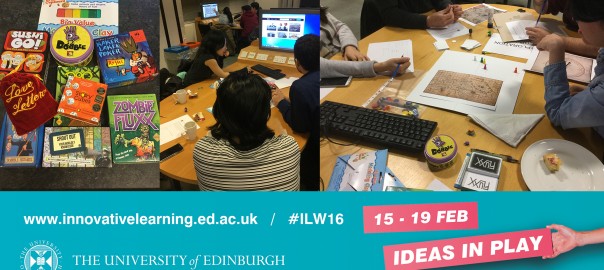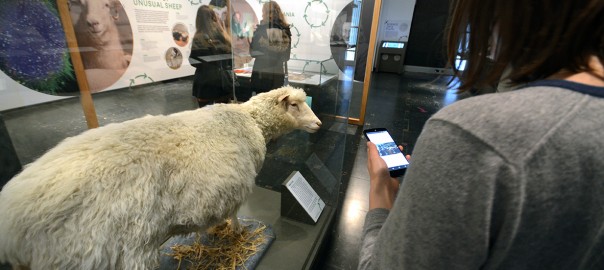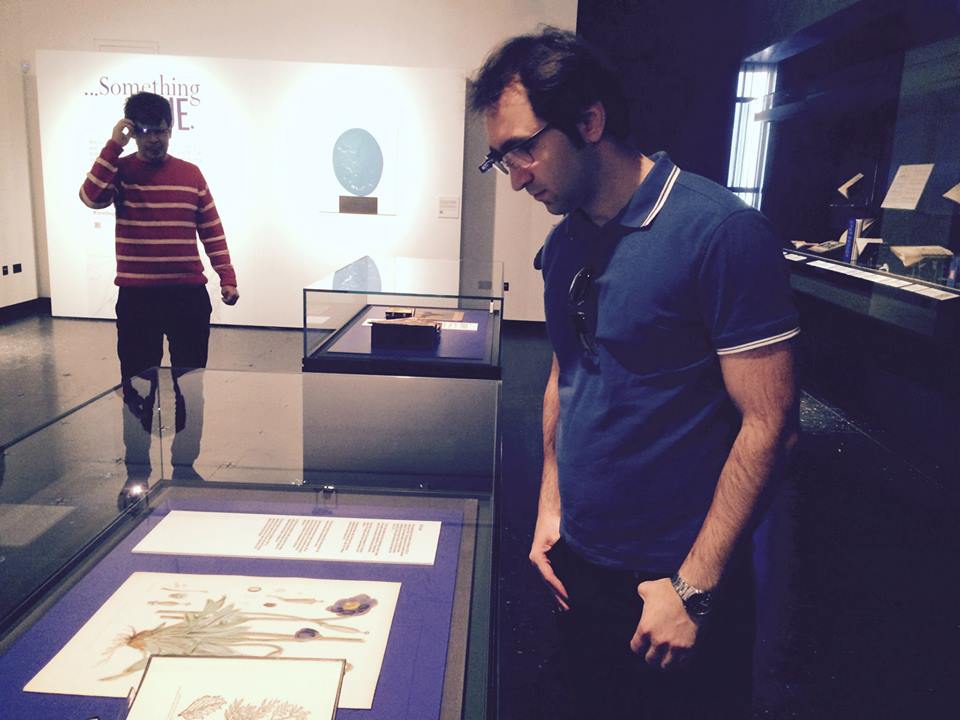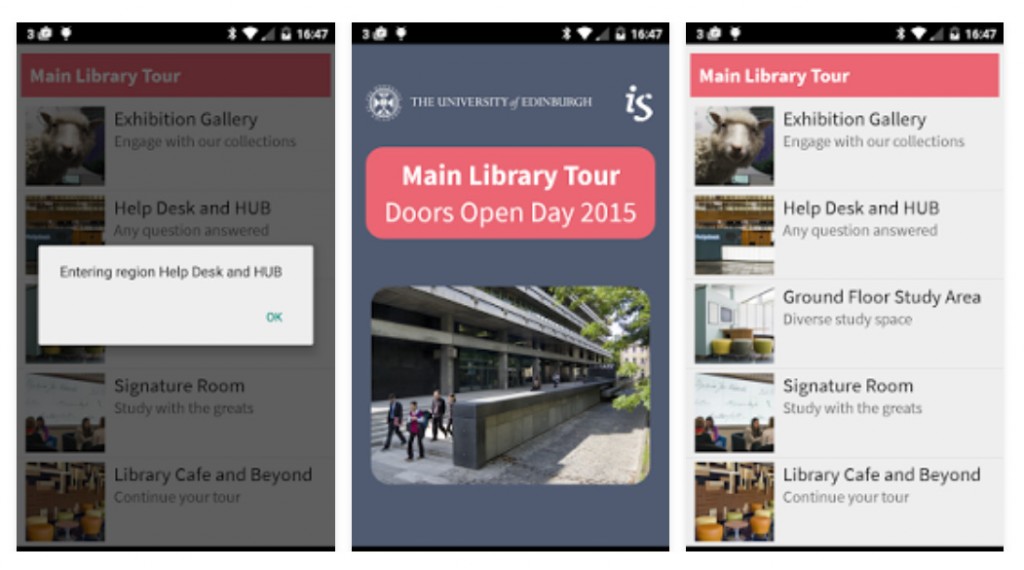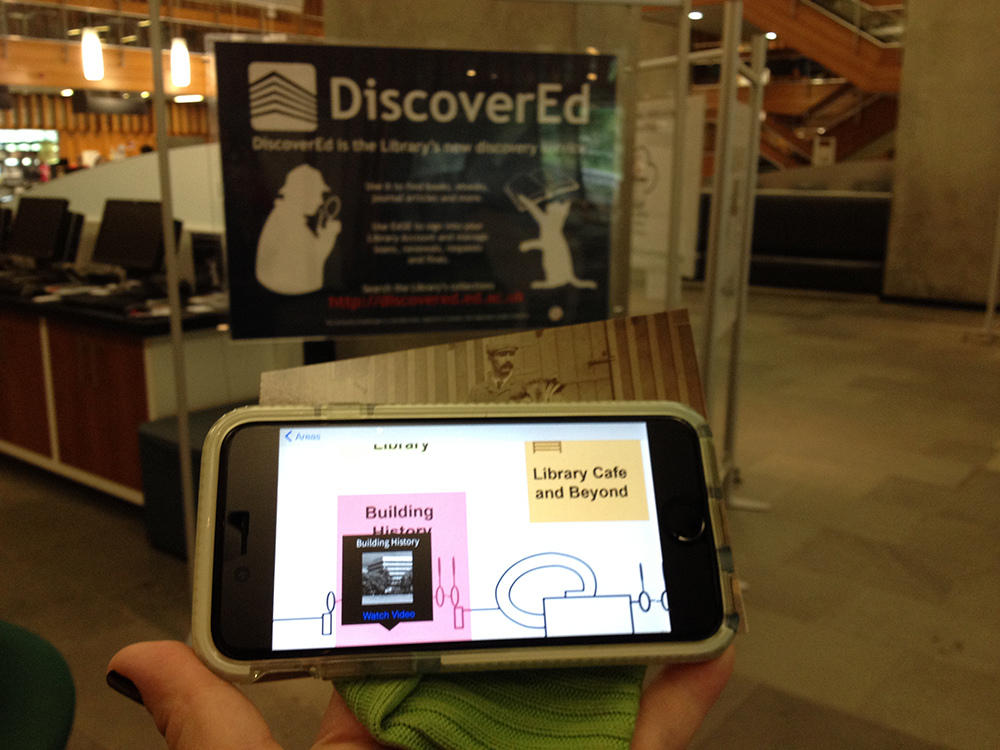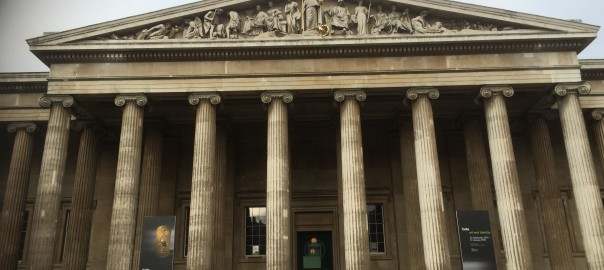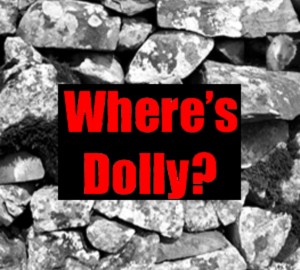Quick caveat: this post is a partner to the one Claire Knowles has written about our signing up to the IIIF Consortium, so the explanation of the acronym will not be explained here!
The Library Digital Development team decided to investigate the standard due to its appearance at every Cultural Heritage-related conference we’d attended in 2015, and we thought it would be apposite to update everyone with our progress.
First things first: we have managed to make some progress on displaying IIIF formatting to show what it does. Essentially, the standard allows us to display a remotely-served image on a web page, with our choice of size, rotation, mirroring and cropped section without needing to write CSS, HTML, or use Photoshop to manipulate the image; everything is done through the URL. The Digilib IIIF Server was very simple to get up and running (for those that are interested, it is distributed as a Java webapp that runs under Apache Tomcat), so here it is in action, using the standard IIIF URI syntax of [http://[server domain]/[webapp location]/[specific image identifier]/[region]/[size]/[mirror][rotation]/[quality].[format]]!
The URL for the following (image 0070025c.jpg/jp2) would be:
[domain]/0070025/full/full/0/default.jpg

This URL is saying, “give me image 0070025 (in this case an Art Collection poster), at full resolution, uncropped, unmirrored and unrotated: the standard image”.
[domain]/0070025/300,50,350,200/200,200/!236/default.jpg

This URL says, “give me the same image, but this time show me co-ordinates 300px in from the left, 50 down from the top, to 350 in from the left, to 200 down from the top (of the original); return it at a resolution of 200px x 200px, rotate it at an angle of 236 degrees, and mirror it”.
The server software is only one part of the IIIF Image API: the viewer is very important too. There are a number of different viewers around which will serve up high-resolution zooming of IIIF images, and we tried integrating OpenSeaDragon with our Iconics collection to see how it could look when everything is up and running (this is not actually using IIIF interaction at this time, rather Microsoft DeepZoom surrogates, but it shows our intention). We cannot show you the test site, unfortunately, but our plan is that all our collections.ed.ac.uk sites, such as Art and Mimed, which have a link to the LUNA image platform, can have that replaced with an embedded high-res image like this. At that point, we will be able to hide the LUNA collection from the main site, thus saving us from having to maintain metadata in two places.

We have also met, as Claire says, the National Library’s technical department to see how they are doing with IIIF. They have implemented rather a lot using Klokan’s IIIFServer and we have investigated using this, with its integrated viewer on both Windows and Docker. We have only done this locally, so cannot show it here, but it is even easier to set up and configure than Digilib. Here’s a screenshot, to show we’re not lying.

Our plan to implement the IIIF Image API involves LUNA though. We already pay them for support and have a good working relationship with them. They are introducing IIIF in their next release so we intend to use that as a IIIF Server. It makes sense- we use LUNA for all our image management, it saves us having to build new systems, and because the software generates JP2K zoomable images, we don’t need to buy anything to do that (this process is not open, no matter how Open Source the main IIIF software may be!). We expect this to be available in the next month or so, and the above investigation has been really useful, as the experience with other servers will allow us to push back to LUNA to say “we think you need to implement this!”. Here’s a quick prospective screenshot of how to pick up a IIIF URL from the LUNA interface.

We still need to investigate more viewers (for practical use) and servers (for investigation), and we need to find out more about the Presentation API, annotations etc., but we feel we are making good progress nonetheless.
Scott Renton, Digital Developer
